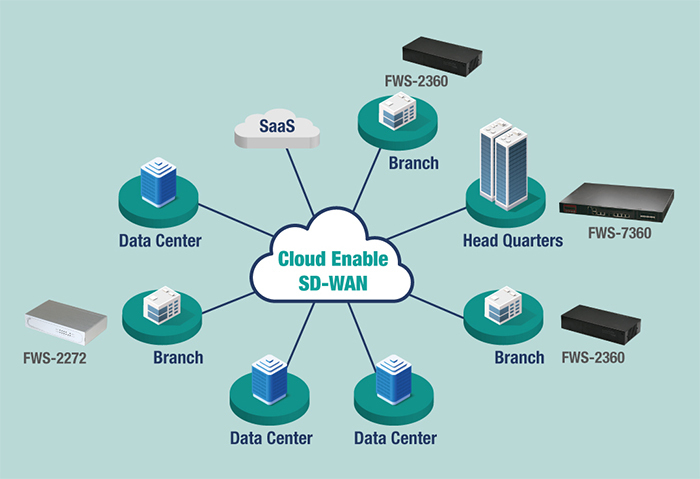A software-defined wide area network, also known as sd wan network, or a wide area network that uses software components that regulate network operations. The management software provides virtual networking in the same manner as virtual servers or other technologies virtualize data center processes.
First, it helps to understand a wide area network to comprehend better how SD-WAN operates. LANs are far more confined than WANs, restricting themselves to homes or commercial buildings to local networks. Smaller networks, likes LANs or metro region networks, are connected via WANs. Computers or users in one area can communicate between computers and users in other locations.
How does it handle networks in different areas?
The SD-software WAN’s control system helps manage different geographical elements of WAN, improving productivity and effectiveness. It uses specific standards to create a user-friendly interface and assist the WAN in managing internet traffic. Firewalls, gateways, virtual private network (VPN) tools, and other features that improve privacy, cyber resilience, and security can all be supported by the sd wan network.

How do different industries make the most of the SD-wan network?
- Retail industry – Retail firms with multiple branches or distant offices require secure, cyber-resilient networks to ensure the security of the data they communicate. Examples are credit cards, customer details, and other data processed throughout payments.
- Financial sector – The financial sector, like the retail industry, benefits from the greater security or stability that SD-WAN can provide to their networks. Financial institutions such as banks, insurance companies, and community banks require quick, consistent access permission to manage their clients’ activities and data. Financial networks require access to the cloud resources for optimal performance, which is a feature not commonly seen on private networks.
- Education sector – The education sector, which uses digital curriculum, and online examinations to fulfill the demands of today’s kids, is arguably the sector that gains the most from digital transformation. It allows universities to prioritize academic traffic and applications over the desires of the population of students; SD-WAN also assists schools in identifying and scaling distinct types of traffic, including student, teacher, administrative, or guest traffic. SD-WAN assists the education sector in delivering new digital learning experiences at a lower cost to schools, universities, and other education and school institutions.
SD-WAN implementation where several companies and organizations should explore. Enterprises that rely on IT applications that require regular contact with the company’s many geographic locations, personnel, and devices may benefit more from SD-WAN deployment.

